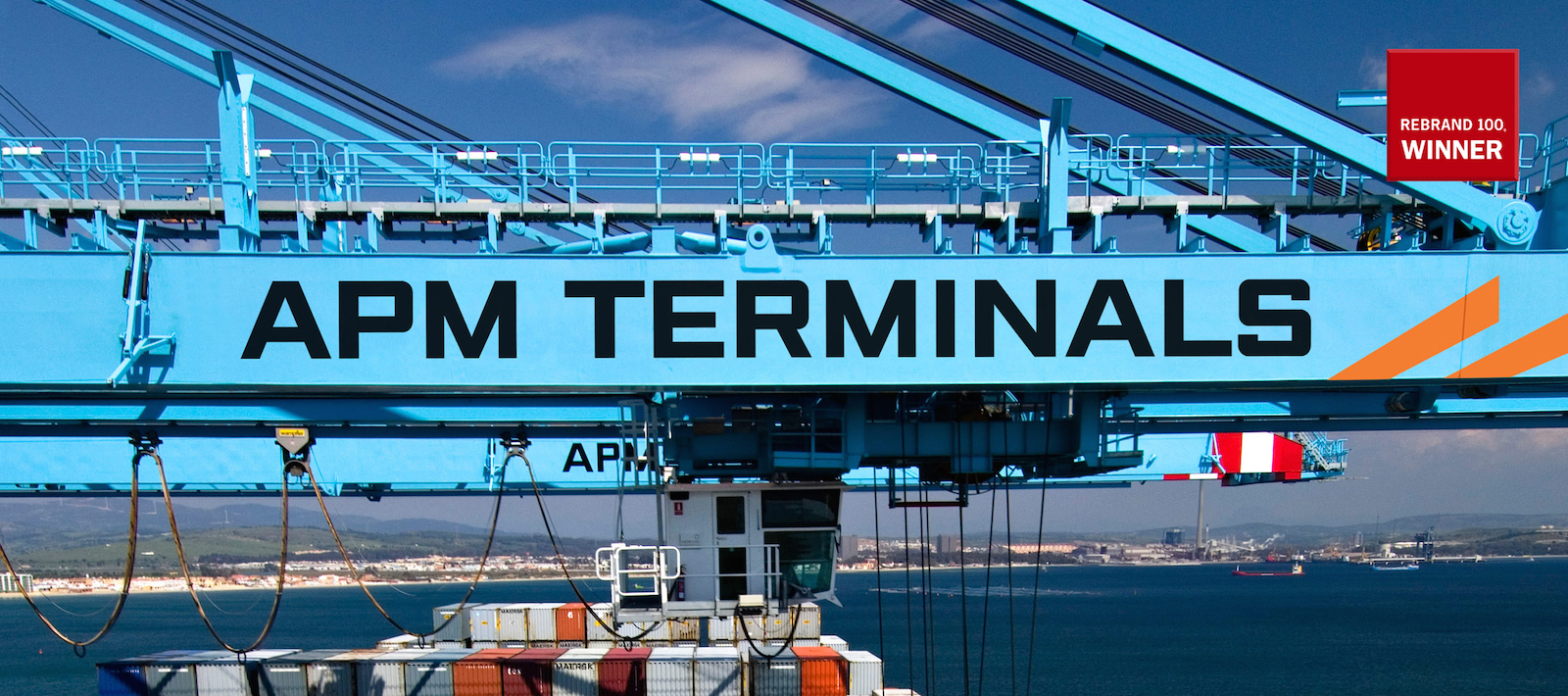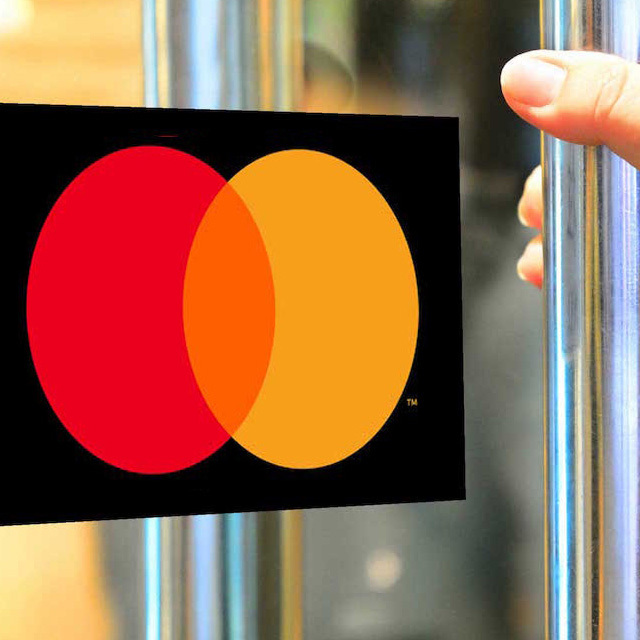Picking up new business
How APM Terminals drove growth at its cargo container ports
Any given hour, somewhere in the world, a huge cargo ship is docked at an APM Terminals port and containerized cargo is being lifted on and off by 30-story tall cranes. By one measure, the number of TEUs, the classic twenty-foot equivalent capacity of a cargo container, came to nearly 10 million a year for APM Terminals. The movement of containers around the world, from producers to markets, can be seen as an indicator of the health of global trade.
But for APM Terminals, the need to grow business had to go beyond a strategy linked just to picking things up and putting them down. The work that Tenet Partners did using research and analytics proved that APM Terminals’ branding strategy had to shift to achieve their aggressive business growth strategy.
Growing away from the parent brand
Part of the A.P. Moller-Maersk Group, APM Terminals operates a global network of ports and inland services. Established within Maersk Sealand in 2001, APM Terminals had grown to be the world’s second largest container terminal operator by volume by 2011. The company has interests in 64 countries and more than 22,000 employees.
Serving the world’s major shipping lines with the industry’s most geographically diverse network of ports, APM Terminals generates a large portion of its revenues from contracts with its sister shipping company, Maersk Line, whose container vessels load and unload their cargo at APM Terminals ports.
With Maersk traffic maxed out, the challenge was to grow revenue from other shipping lines. That was a difficult proposition because non-Maersk lines felt they would not get the preferred rates and schedules as Maersk’s own ships.
At the same time, the parent Maersk organization was implementing a new master-branded strategy that would closely align APM Terminals with the Maersk brand. To determine the optimum branding strategy for APM Terminals’ own growth, we had to deliver bulletproof logic to allow the parent to consider a different approach.
Listening to the voice of customers, employees and leadership
To gather intelligence on potential reactions to a change to the brand, we conducted extensive global research that surveyed the opinions of over 5,000 employees, executives, current and prospective customers across a wide range of audiences. We found that the most important indirect customer was not the shipping companies, but the sovereign ports where APM Terminals operated. Their economic futures were dependent on ports opening their local markets to global trade. They needed the security of knowing that any port operator had the global connections and financial stability to maintain operations. At the same time, any new brand positioning for APM Terminals had to address concerns of individual shipping companies.
Container terminals are a commodity service – what differentiates companies can be seen in their speed, efficiency, safety and level of professionalism. To give APM Terminals a brand that would stand out, we developed a distinctive, compelling brand promise that would differentiate the APM Terminals from its competitors, maintain important visual continuity with the parent company and unite the organization.
We repositioned the brand around a differentiating inspirational idea: APM Terminals helps companies grow and countries achieve their ambitions. The core benefit behind the idea was the company’s ability to bring international trade to local shores.
We captured the brand idea in a globally relevant tagline: Lifting global trade. Simple, bold and universal, the tagline provides a rallying cry for the entire organization. From blue-collar workers to white-collar employees, the entire APM Terminals team literally lifts boxes, commerce and ultimately economies.
A sign of independence
We knew we had to address the historic visual identity of Maersk and a revitalized APM Terminals brand. As part of this transition, we removed the iconic ‘Maersk’ star from APM Terminals sites and communication, a highly emotional symbol that visibly connected the terminals with the parent brand. That sent a loud and clear signal of independence of APM Terminals, and thus helped remove the perception of favoritism for Maersk ships. However, because our research also revealed that the Maersk brand was a critically important factor in winning bids and gaining approvals from foreign port authorities and governments, we maintained the same type font and light blue colors painted on the cranes and vehicles.
A year after the new brand standards were in place and shared globally with all port managers, we conducted a worldwide brand governance program to audit how well the standards were being adopted – all with the intention of pointing to those areas in a terminal where a visible brand would have the most impact.
Brand management was also extended to help reimagine their digital presence. To help their customers, we built an entire look for the corporate site, a design for interactive maps and a look for terminal sites. A workshop helped us understand APM Terminals’ digital business objectives and customer needs. With an analysis of previous research and metrics, we were able to create a new Information architecture and user experience.
The simple answer to helping APM Terminals achieve its goal for growth would have been to fit APM Terminals into the Maersk master-branded system. The right answer was to create an independent brand – and the results proved that to be correct. Within a year, APM Terminals had increased their revenue from non-Maersk customers by just over four percent. Business was picking up.




